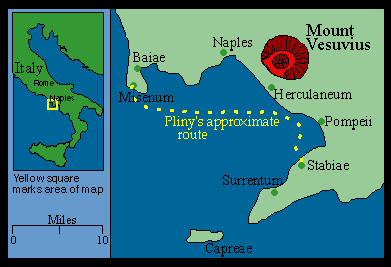








The History of Pompeii
The city of Pompeii was an ancient Roman town-city located in Italy, near modern Naples. The city of Pompeii was destroyed in the volcanic eruption of Mount Vesuvius in 79 A.D. With an estimated population of 20,000 people the city was filled with wonderful architecture and artifacts. Sadly, with the eruption of Mount Vesuvius two thousand people died and the city was buried under a thick layer of ash for years (History.com).
Discovered by a group of explores in 1748, in the excavation site "Civita" it was amazing to see that the city though covered in ash was still intact. It is still possible to see all the buildings, artifacts, and all the citizens of Pompeii still preserved in their last moments before death (History.com).
 |  |  |
|---|---|---|
 |  |

Created By:
Luis Guerra
Phillip Hassel
Sara Gordon
Sanya Jeffrey
Slavery In Pompeii
Traditionally, the bulk of slaves were war-captives, provided by Rome’s constant expansion. In the 1st century AD, however, the Empire entered a phase of consolidation, greatly reducing the supply of slaves. In the years immediately preceding the destruction of Pompeii, Rome’s main military activity had been in Britain and Palestine, apart from the Empire’s own civil war ("Who were the slaves at Pompeii?" By Caroline Stone).
Inscriptions also show that ‘higher status slaves’ held positions of relative responsibility, not only worked in their master’s businesses but also running them. It was also possible for slaves to enjoy a social role, acting as attendants in certain Roman religious cults ("Slavery In Pompeii" by Natasha Sheldon).
What slave wore was determined to a large extent by the jobs they did and, as in other matter, by generosity of their owners. Owners were not considered about the attire of rebellious pastores as long as they could survive and work, owners did not have to trouble themselves unduly about the material welfare of salves like these ("Slavery and Society at Rome"
By Keith Bradley).
Domestic slaves who worked as minstratores and pedisequi had special liveries or uniforms in addition to their everyday clothes, to wear on those occasions when their owners wanted to advertise their wealth and taste, including plentiful amounts of jewellery ("Slavery and Society at Rome"
By Keith Bradley).
.
